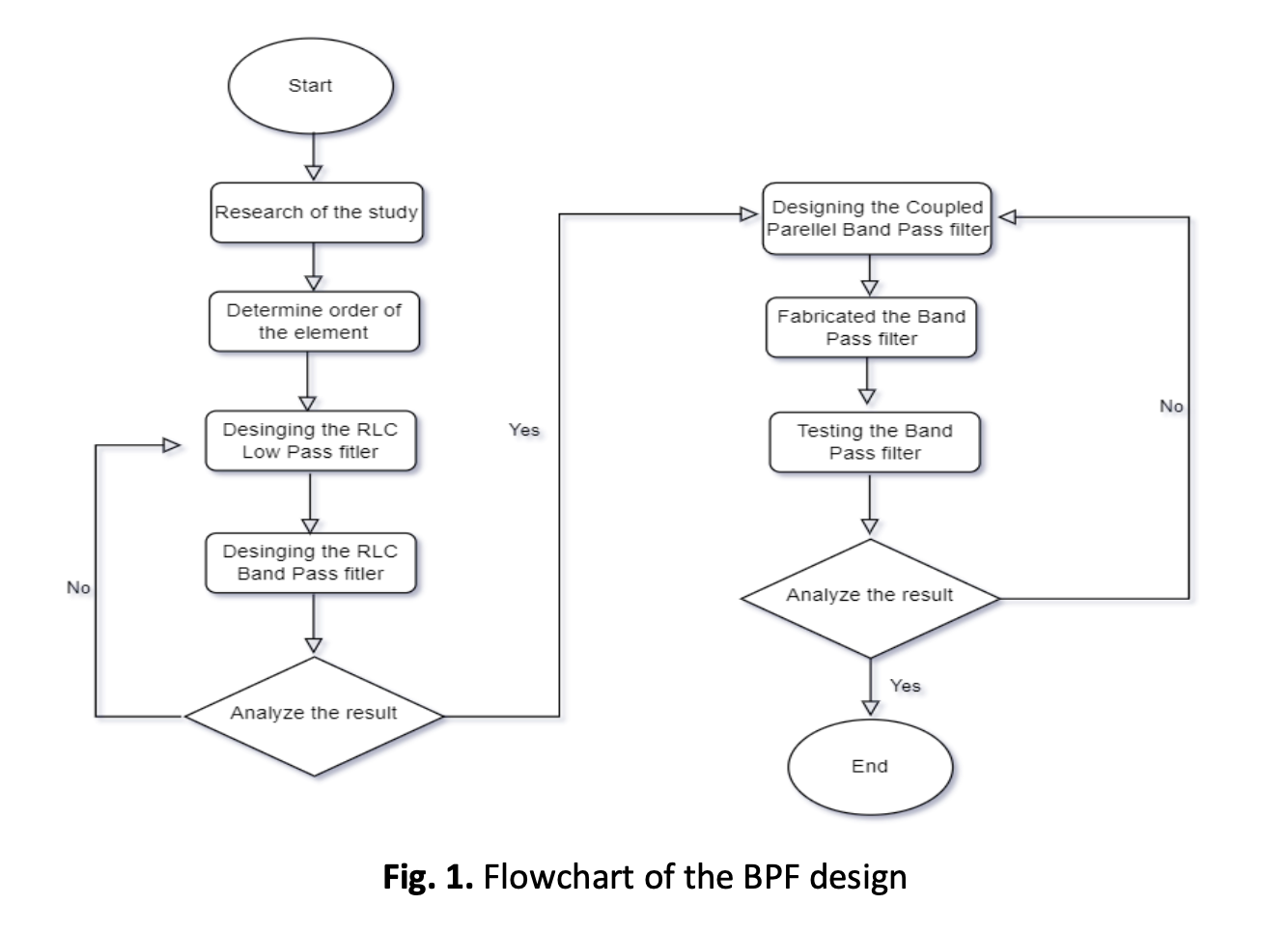Compact Parallel Coupled Line Microstrip BPF Design for 5G Applications
DOI:
https://doi.org/10.37934/araset.29.2.3852Keywords:
Bandpass filter, Fifth generation communications, Insertion loss method, Microstrip, Parallel coupled line filterAbstract
A compact parallel coupled line microstrip bandpass filter (BPF) for sub-6 GHz fifth generation (5G) applications is designed operating between edge frequencies of 3.40 and 3.80 GHz. The design is designed and simulated by means of the Advanced Design System (ADS) software using the flame retardant-4 (FR-4) board as the substrate. The BPF design applies the insertion loss method (ILM) to generate a parallel coupled line filter structure that performs passband permission and unwanted noise attenuation below 3.40 GHz and above 3.80 GHz, respectively. Consistent and relevant performances in terms of matching impedance, return loss (S11), insertion loss (S21), voltage standing wave ratio (VSWR), far field radiation pattern, gain, directivity, and radiated efficiency promise the microstrip BPF design has a potential for sub-6 GHz 5G applications.
Downloads





























